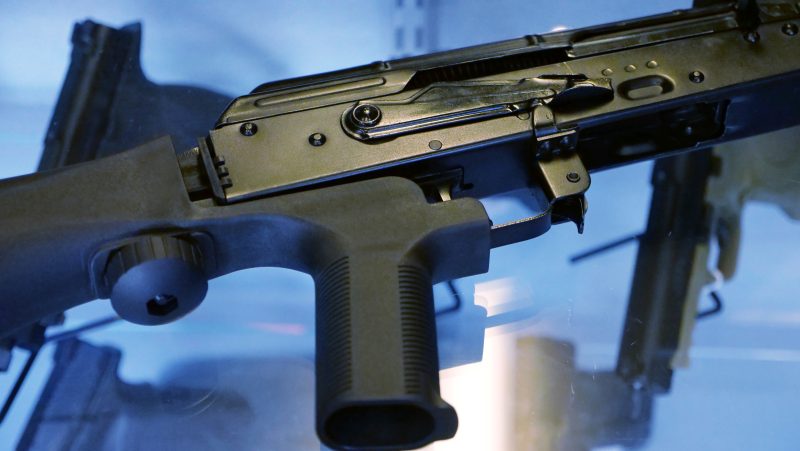The case brought before the Supreme Court involving Trump’s bump stock ban carries significant implications for Second Amendment rights and the limits of executive power. At the heart of the matter lies the question of whether the ban, enacted through executive action rather than legislation, overreaches the bounds of presidential authority. Proponents of the ban argue that such devices, which effectively allow semi-automatic weapons to mimic automatic fire, pose grave risks to public safety and should thus be subject to regulation. Meanwhile, opponents contend that the ban infringes upon individual gun rights enshrined in the Constitution.
One key aspect of the case is the interpretation of the definition of a machine gun under existing firearms laws. The ban classifies bump stocks as machine guns, therefore subjecting them to regulation and effectively outlawing their possession and use. This classification has sparked debate over the legal and technical nuances of what constitutes a machine gun and whether bump stocks fall within this definition.
Another critical point of contention is the manner in which the ban was implemented. Critics argue that the ban circumvented the legislative process by utilizing executive powers, thereby bypassing democratic checks and balances. This raises concerns about the separation of powers and the balance between executive authority and congressional oversight.
Moreover, the case brings to light broader questions about the role of the judiciary in interpreting and adjudicating conflicts between executive actions and constitutional rights. The Supreme Court’s decision in this case could set a precedent for future challenges to executive orders that impact individual liberties protected by the Constitution.
Ultimately, the outcome of this case will have far-reaching implications for gun regulation, executive power, and the interpretation of constitutional rights. As the Supreme Court deliberates on the arguments put forth by both sides, it faces the weighty task of balancing public safety concerns with the principles of liberty and the rule of law. The decision reached by the Court will undoubtedly shape the landscape of gun control policy and the scope of presidential authority for years to come.
